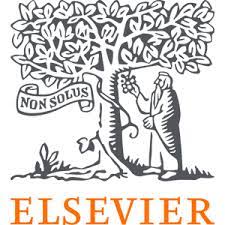Course guide for BIO104: General Biology
For your library lab assignment, you are required to use at least six sources. Of those sources, you need at least two from each of the following categories:
- Reliable internet source
- Book
- Peer-reviewed journal article
This page is intended to help you find these sources, but UNE librarians can also help you with your research.




